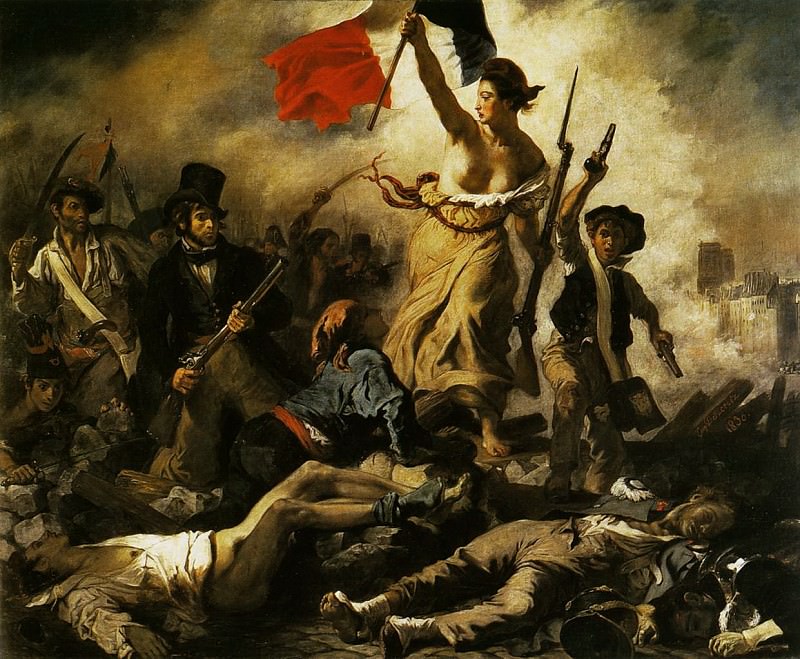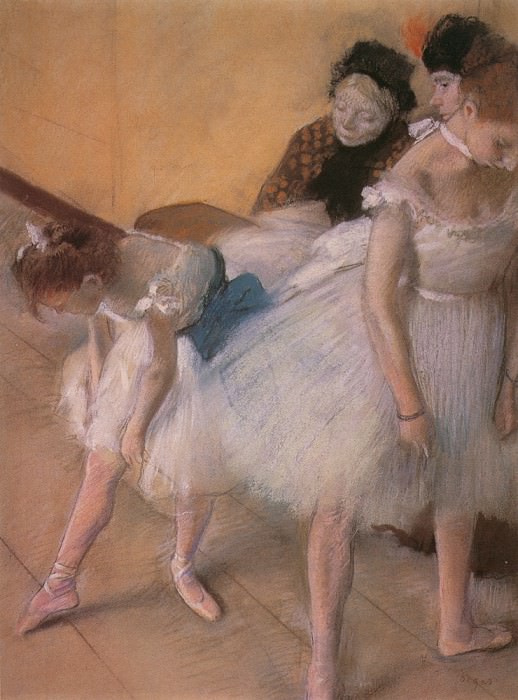The Artistic Journey of Pierre-Auguste Renoir
Pierre-Auguste Renoir, a leading figure of the Impressionist movement, remains one of the most celebrated artists in the history of Western art. His work is distinguished by its vibrant light, saturated color, and unique ability to capture the beauty of everyday life. From his early days as a struggling artist to his later years as a master painter, Renoir’s journey is a testament to his dedication and innovation.
Early Life and Artistic Beginnings
Renoir was born on February 25, 1841, in Limoges, France. His family moved to Paris when he was four, and it was in this bustling city that his artistic inclinations began to take shape. Initially, Renoir worked as an apprentice in a porcelain factory, where he painted designs on fine china. This early exposure to decorative art laid the foundation for his later work, characterized by its attention to detail and vibrant color palette.
In 1862, Renoir entered the Ecole des Beaux-Arts in Paris, where he studied under the guidance of Charles Gleyre. It was here that he met fellow artists Claude Monet, Alfred Sisley, and Frédéric Bazille. These relationships would prove crucial in the formation of the Impressionist movement.
The Birth of Impressionism
The mid-1860s marked a significant period in Renoir’s career as he began to develop his unique style. Alongside Monet, he painted scenes of modern life, often depicting leisure activities in Parisian parks and cafes. The use of light and color in these works was revolutionary, breaking away from the traditional techniques of the time.
One of the most notable works from this period is "La Grenouillère" (1869), painted at a popular boating and bathing resort. This painting exemplifies Renoir’s ability to capture the effects of light on water, a hallmark of the Impressionist style.
In 1874, Renoir participated in the first Impressionist exhibition, held at the studio of the photographer Nadar. The exhibition was met with mixed reviews, but it solidified the group’s identity and marked the beginning of a new artistic era. Renoir’s contributions, including "La Loge" (1874), showcased his mastery of capturing intimate moments and the elegance of Parisian life.
The Development of a Signature Style
Throughout the 1870s and 1880s, Renoir continued to refine his technique, experimenting with new approaches to color and composition. His painting "Luncheon of the Boating Party" (1881) is a prime example of his mature style. This masterpiece, depicting friends enjoying a meal on a terrace overlooking the Seine, combines vibrant colors with a dynamic composition, creating a sense of liveliness and warmth.
Renoir’s work during this period also reflects his fascination with the human figure. He often portrayed his subjects with a softness and sensuality that set him apart from his contemporaries. Paintings such as "Dance at Le Moulin de la Galette" (1876) and "The Swing" (1876) highlight his ability to capture movement and emotion, bringing his figures to life on the canvas.
The Influence of Classical Art
In the mid-1880s, Renoir experienced a shift in his artistic approach, influenced by his admiration for classical art. He traveled to Italy in 1881, where he studied the works of Renaissance masters such as Raphael and Titian. This trip had a profound impact on his style, leading him to incorporate a more structured and formal approach to composition.
Renoir’s later works, such as "The Large Bathers" (1887), reflect this classical influence. The painting, featuring a group of nudes in a natural setting, showcases his mastery of the human form and his ability to blend traditional techniques with his distinct Impressionist touch.
Later Years and Legacy
Despite suffering from rheumatoid arthritis in his later years, Renoir continued to paint with remarkable determination. He moved to the south of France, where the warm climate alleviated some of his symptoms and provided a new source of inspiration. His final works, characterized by their radiant light and vibrant colors, celebrate the beauty of life and nature.
Renoir passed away on December 3, 1919, leaving behind a rich legacy that continues to influence artists and captivate audiences worldwide. His contribution to the development of modern art is immeasurable, as he bridged the gap between traditional techniques and the innovative approaches of the Impressionist movement.
The Themes and Techniques of Renoir's Art
Renoir’s art is characterized by several recurring themes and techniques that define his unique style. His use of color, light, and texture, as well as his focus on the human figure, are central to his artistic vision.
Color and Light
Renoir’s mastery of color and light is one of the defining features of his work. He often employed a vibrant palette, using bold, saturated colors to create a sense of warmth and vitality. His technique of applying small, varied brushstrokes allowed him to capture the shimmering effects of light, particularly in his outdoor scenes.
This approach is evident in works such as "The Skiff" (1875), where the interplay of light on the water and the surrounding landscape creates a dynamic, luminous quality. Renoir’s ability to depict light with such realism and vibrancy set him apart from his contemporaries and solidified his reputation as a master of color.
The Human Figure
Throughout his career, Renoir had a profound fascination with the human figure, often depicting his subjects with a sense of intimacy and tenderness. His portraits and figurative works are renowned for their sensuality and softness, capturing the beauty of the human form in a natural, unposed manner.
In "Young Girls at the Piano" (1892), Renoir’s depiction of two young girls absorbed in their music demonstrates his skill in rendering delicate, lifelike figures. The gentle, diffused light and the harmonious color palette create a serene, intimate atmosphere, highlighting the artist’s ability to convey emotion through his subjects.
Texture and Brushwork
Renoir’s brushwork evolved throughout his career, reflecting his ongoing experimentation with different techniques. In his early works, he often used loose, fluid brushstrokes to capture the fleeting effects of light and movement. This approach is evident in "The Theatre Box" (1874), where the quick, expressive strokes convey the lively atmosphere of the theatre.
In his later works, Renoir adopted a more disciplined, structured approach, influenced by his study of classical art. His brushwork became smoother and more refined, as seen in "Gabrielle with a Rose" (1911). The soft, delicate application of paint creates a tactile, almost velvety texture, enhancing the sense of realism and sensuality in his portraits.
Renoir's Impact on Art and Culture
Renoir’s influence extends beyond the realm of painting, impacting various aspects of art and culture. His innovative techniques and themes have inspired countless artists and continue to resonate with audiences today.
Influence on Contemporary Art
Renoir’s pioneering approach to color, light, and composition has had a lasting impact on contemporary art. His ability to capture the essence of a moment with such vibrancy and realism has inspired generations of artists to experiment with similar techniques.
Modern painters, such as David Hockney and Wayne Thiebaud, have drawn inspiration from Renoir’s use of color and light, incorporating these elements into their own works. The emphasis on capturing everyday scenes and the beauty of ordinary life, central to Renoir’s art, remains a prevalent theme in contemporary art.
Cultural Legacy
Renoir’s work has also left an indelible mark on popular culture. His paintings, often depicting scenes of leisure and enjoyment, evoke a sense of nostalgia and timeless beauty. This universal appeal has led to the widespread reproduction of his works in various forms, from prints and posters to merchandise and media.
The enduring popularity of Renoir’s art is a testament to its ability to transcend time and cultural boundaries, continuing to captivate and inspire people around the world. His paintings not only reflect the social and cultural milieu of his time but also resonate with the universal human experience, making them timeless masterpieces.
Conclusion
Pierre-Auguste Renoir’s artistic journey is a testament to his relentless pursuit of beauty and innovation. From his early days as a struggling artist to his later years as a celebrated master, Renoir’s dedication to his craft and his unique ability to capture the essence of life have left an indelible mark on the world of art.
His pioneering techniques, vibrant color palette, and intimate depictions of the human figure have influenced generations of artists and continue to resonate with audiences today. As we reflect on Renoir’s legacy, we are reminded of the transformative power of art and its enduring ability to inspire and uplift the human spirit.



